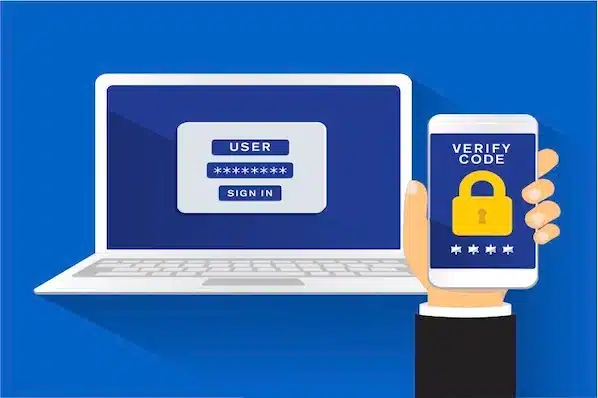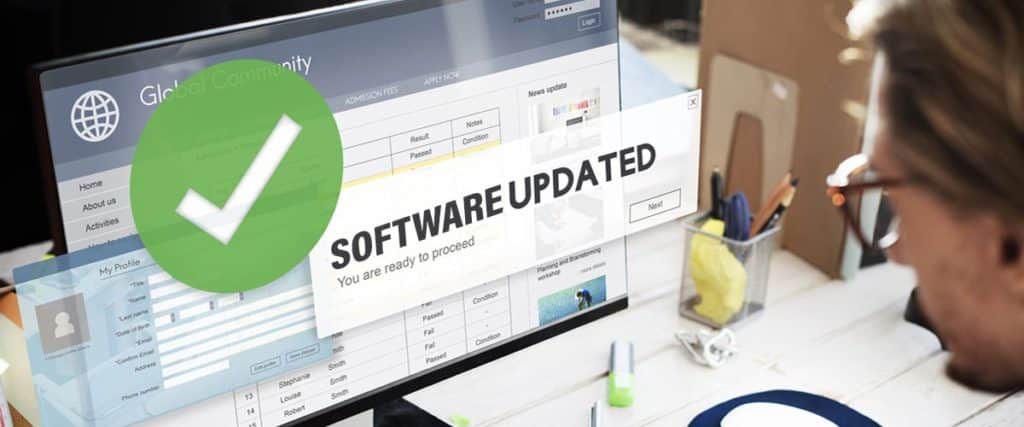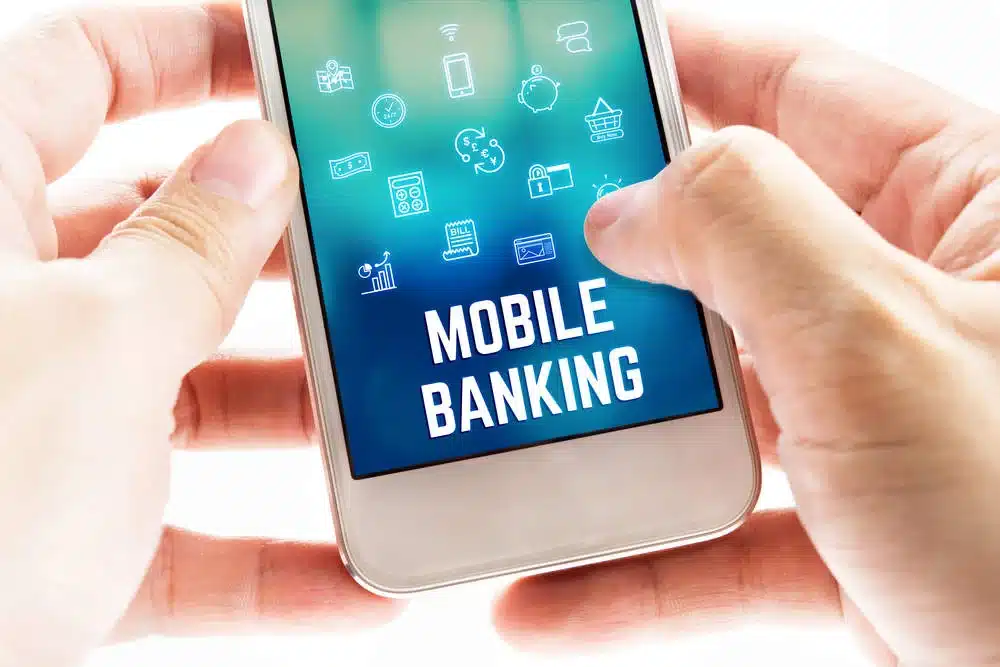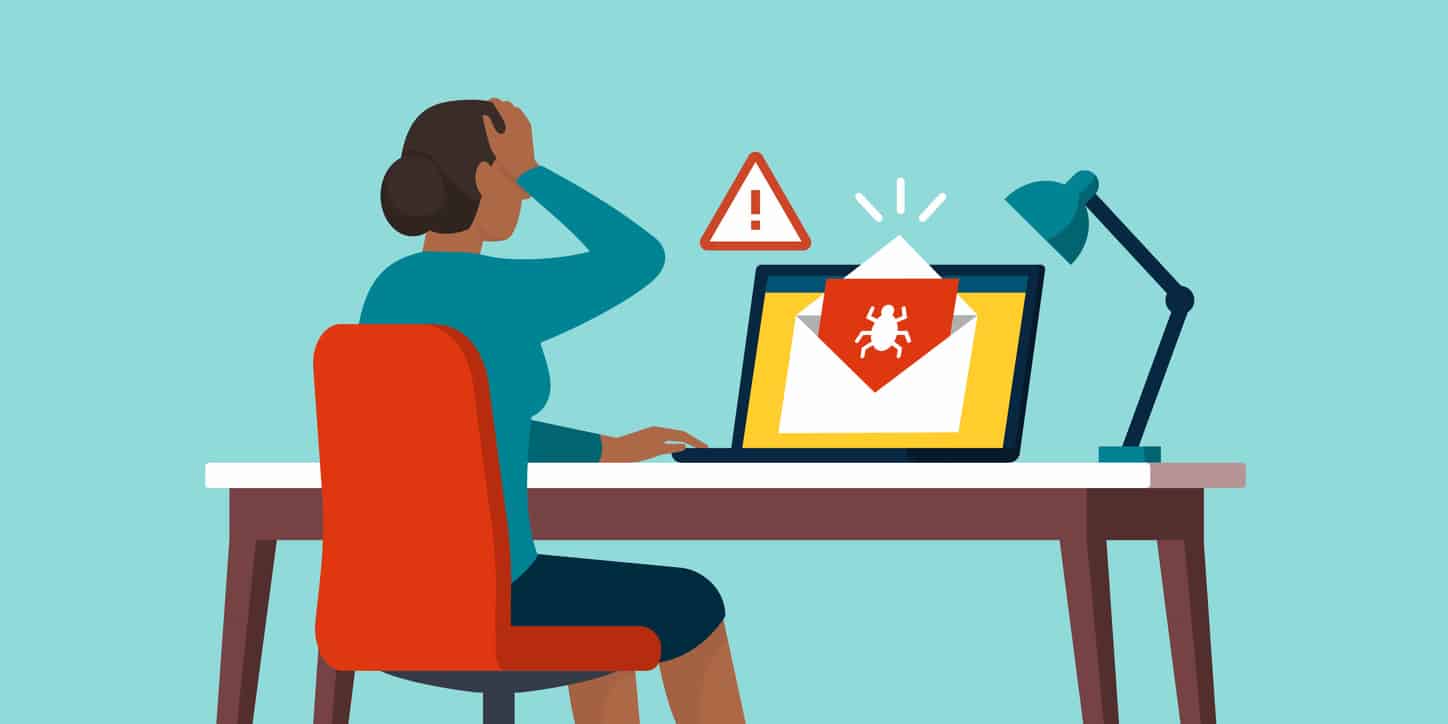Highlight
- Protect your online banking experience and safeguard your financial well-being.
- Discover and follow strategies to fend off online fraud and ensure a trouble-free online banking journey.
Online banking has become an integral part of our financial lives today.
It offers convenience, accessibility, and flexibility, allowing us to manage our finances from the comfort of our homes or on the go.
However, with these advantages come potential risks, including the threat of online fraud. To protect your financial well-being, it’s crucial to be vigilant and follow some essential online banking tips.
In this blog post, we’ll explore key strategies to safeguard your online banking experience.
So, here are some online banking tips to save yourself from online fraud –
Choose a Strong Password and Change It Regularly
Your online banking password is your first line of defence against cybercriminals. Create a strong and unique password that combines letters, numbers, and special characters.
Avoid using easily guessable information like birthdays or names. Additionally, change your password regularly to reduce the risk of unauthorized access.
Enable Two-Factor Authentication (2FA)

Two-factor authentication adds an extra layer of security to your online banking account.
It typically involves receiving a one-time code on your mobile device or email that you must enter along with your password.
Enabling 2FA ensures that even if someone obtains your password, they won’t be able to access your account without the second authentication step.
Use Secure Devices and Networks
Only access your online banking from trusted and secure devices.
Avoid using public computers or unsecured Wi-Fi networks for banking transactions.
Cybercriminals can easily intercept data on public networks, putting your sensitive information at risk.
Keep Your Devices and Software Updated

Regularly update your computer, smartphone, and banking apps to ensure you have the latest security patches and features.
Outdated software can be vulnerable to exploits that cybercriminals may use to gain access to your banking information.
Beware of Phishing Emails and Links
Phishing emails are a common tactic used by cybercriminals to trick users into revealing their login credentials or personal information.
Be cautious when opening emails, especially if they contain suspicious links or ask for sensitive information.
Always verify the sender’s identity and contact your bank directly if you receive any suspicious emails.
Use Banking Apps Carefully

When accessing your accounts from a mobile device, use the official banking app provided by your bank.
These apps are designed with robust security features and are regularly updated to address vulnerabilities. Also, be careful while operating these apps.
Avoid Public Computers and Shared Devices
Whenever possible, avoid using public computers or shared devices for online banking.
These computers may have malware or keyloggers installed, which can capture your login information.
Be Aware of Common Scams

Stay informed about the latest online banking scams and fraud tactics. Knowledge is your best defence against falling victim to these schemes.
Be cautious of unsolicited calls, messages, or emails that claim to be from your bank and request personal information.
By following these essential online banking tips, you can significantly reduce the chances of falling victim to online fraud.
Remember that vigilance and caution are your best allies in safeguarding your financial information and ensuring a secure online banking experience.
Stay informed, use strong security practices, and monitor your accounts regularly to stay one step ahead of potential threats.
FAQs
Q1. What is online fraud, and how does it happen?
Answer. Online fraud refers to any deceptive or illegal activity conducted on the internet with the intent to gain financial advantage or steal personal information. It encompasses various schemes, including phishing, identity theft, credit card fraud, and more. Online fraud typically occurs when cybercriminals trick individuals into revealing their sensitive information, such as login credentials, credit card numbers, or personal details, through deceptive emails, websites, or scams.
Q2. What are some common signs that I might be a victim of online fraud?
Answer. Several signs may indicate that you’ve fallen victim to online fraud:
- Unauthorized transactions on your bank
- Unusual account activity, such as changes in login credentials or account settings
- Unexpected bills or charges for services you didn’t sign up for
- Receiving unsolicited emails or messages requesting personal information or money.
- Suspicious emails, pop-up messages, or websites that appear to be from reputable organizations but ask for sensitive data.
- Unexplained credit score changes or credit inquiries for accounts you didn’t open.
If you notice any of these signs, it’s crucial to take immediate action, such as contacting your bank, changing passwords, and reporting the incident to law enforcement and relevant authorities.
Q3. What should I do if I suspect I’ve become a victim of online fraud?
Answer. If you suspect online fraud, act quickly. Contact your bank, change passwords, and lock accounts. Scan your devices for malware, report the incident to authorities, and review your credit. Educate yourself to prevent future fraud and secure personal information online.
Q4. What are the Types of online frauds?
Answer. Phishing and spoofing: Fraudsters use email or online messaging services to dupe people into sharing their login credentials, personal information, important data, or financial details.
Data Breach: From individuals to giant organisations, everyone falls victim to this type of fraud. Cybercriminals steal sensitive, protected, or confidential data from an online system and move it to an untrusted environment. They either ask for ransom or expose this data to some popular online platform.
Denial of Service (Dos): Fraudsters interrupt people or organisations to access online services, systems, or networks.
Malware: This is one of the most prevalent cyberattacks of all. Cybercriminals use malicious software to disable or damage users’ devices and steal their sensitive or personal data.
Ransomware: Cybercriminals target big organisations or governments in this type of attack. They use malware that prevents people from using critical data. They demand a hefty ransom from users to restore services.
Business Email Compromise: In this type of fraud, businesses that make wire payments are targeted. The fraudsters attack legitimate email accounts of people and trick them into submitting unauthorised payments.
Q5. How can using Unique passwords for every account be a prominent way to protect your bank account ?
Answer. This is the most basic and best technique to protect your account. Use different, unique, and strong passwords with uneasy guessability for all your online accounts, bank accounts, or anything else. Avoid using common knowledge such as your name, phone number, or city for the password.
If you think that remembering unique passwords will be impossible for you, download a password manager to save all your passwords. Or, you can also choose a pattern and make slight changes to it to set different passwords. Some of the other tips for a password are to update it on a regular basis and be creative with the security questions.
Q6. How to stay cautious of public WiFi?
Answer. Free Public WiFi is available at many public places these days. But since it is open source, it is vulnerable to cyberattacks. So, never use it to start online processes where your personal information, like a password, personal data, or sensitive information, is required. One solution to make tracking your online location harder is to use a virtual private network (VPN). A VPN helps connect your device to a different server on the internet.
Q7. How can updating your software regularly help is protecting from online fraud ?
Answer. Software updates that we get on our laptops, personal computers, or apps look very pesky or will consume a lot of time and data. But these are very important updates from a security point of view, as these updates are the patches that cover security holes in the operating systems. They can also save you from phishing or malicious online attacks that can harm your system’s software. So, don’t ignore them; consider them a means of your online identity security.
Q8. How protecting identity through biometrics help in protecting us from online fraud ?
Answer. Biometric login is also a good way to secure your online account. Biometrics include your fingerprint and facial recognition. It is much tougher to steal your biometrics than your password. However, in the recent past, we have seen cases where hackers have even stolen people’s biometrics. A good solution for that is to e-lock. Biometrics theft has also become common, but many websites, including banks, provide facilities to e-lock them.
Q9. Does Installing ad blockers save us from online fraud ?
Answer. Maladvertising is a method through which cybercriminals create ads with malicious codes. These ads appear too lucrative to be true. They entice you, and you click on them, only to know that you have been hit by a cyberattack. These malware get downloaded on your system and steal your identity. It’s best to download free ad blockers to stop such attacks on your system.
Q10. How to set two-factor authentication to protect from online fraud ?
Answer. One needs your password, identity proof, and OTP to log in to your account. It is better if you add one more layer of safety by adding two-factor authentication. One more authentication step will make hackers jobs much harder.
Also Read: PAN Card Fraud Loan: Tips to Save Yourself
Also Read: How to Save Yourself from Delivery Fraud?
